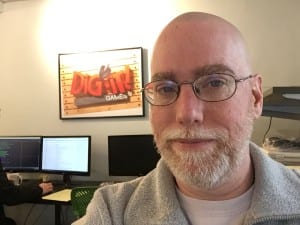Game Development Blog: What Inspired Roterra?
Welcome to the first of many Roterra-specific game development blogs coming up! Currently, we plan to release a series of blogs on the world, the characters, and the process of making the game itself. Tell us what you want to know about by sending us a message or finding us on social media.
–
Roterra did not spring from nowhere. When conceptualizing and refining ideas for our next game, our design team took inspiration from many sources. While Roterra has evolved into its own beast, we wanted to look back down the line to see where some of its now-core concepts sprung from.
Inspiration 1: MC Escher & Beautiful Puzzles
 Our discussions around creating a game environment where the ground literally moved under a character’s feet brought immediate connections to M.C. Escher’s work. Among his many drawings, we especially looked to “House of Stairs.” Recent games have popularized this aesthetic in mobile gaming, applying his unique and mind-boggling landscapes to puzzle designs and more.
Our discussions around creating a game environment where the ground literally moved under a character’s feet brought immediate connections to M.C. Escher’s work. Among his many drawings, we especially looked to “House of Stairs.” Recent games have popularized this aesthetic in mobile gaming, applying his unique and mind-boggling landscapes to puzzle designs and more.
However, do “beautiful” puzzles, mean great user experiences? Some puzzles in games aren’t very difficult. In our game, we plan to allow the player to feel awe but also to be challenged. We want players to have to think about how to get their characters where they need to go. Soon you will know if we have found the right balance.
Inspiration 2: Orlando Furioso and Fractured Fairytales
 Roterra’s story sprung from a confluence of art and literature. From the Odyssey to Shakespeare, folk tales from throughout history showcase the hero’s journey to control the chaos around him.
Roterra’s story sprung from a confluence of art and literature. From the Odyssey to Shakespeare, folk tales from throughout history showcase the hero’s journey to control the chaos around him.
For Roterra, the most influential of these classic stories was “Orlando Furioso,” the epic poem from Ludovico Ariosto. In the story, stereotypes are turned on their heads as wizards and magical creatures share the scene with knights and princesses. The journey matters, not the destination. Angelica, in particular, draws inspiration from the protagonist of Furioso who takes fate into her own hands.
Roterra’s continual perspective shifts reflect Furioso as well. Themes are woven throughout Furioso that repeatedly force the reader to question what they believe to be true. A story told from one perspective turns out to be remarkably different when seen from another character’s point of view. The line between hero and villain is constantly in flux. Our designers internalized these forced shifts of perception as they created a world where orientation changes at the push of a switch, things are rarely as they seem, and the correct path is not the obvious one.
Inspiration 3: Our History with Game Development

Prior to beginning work on Roterra, Dig-It! Games was primarily an educational game developer. We still dedicate most of our time to working on educational games and tools and enjoy it immensely. However, our experience with these educational games have given us understanding of how player learn through games. In games like Excavate!, we want players to learn facts and make connections. In Roterra, we want players to learn mechanics and apply them to puzzles. This is the same basic process, with one being applied to getting better at school and one being applied to getting better at the game.
Through working so much with education, we know how to challenge players without frustrating them. Communicating mechanics is hugely important, and we’ve taken that in consideration in our level designs for Roterra.
–
Don’t forget to follow Roterra on Twitter and sign up for updates on the game page to keep up with all the development.

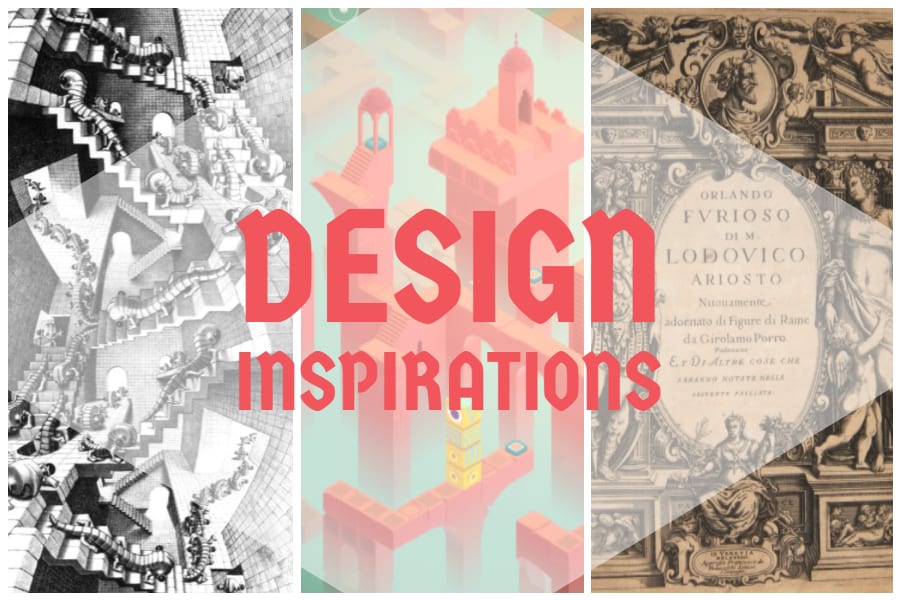
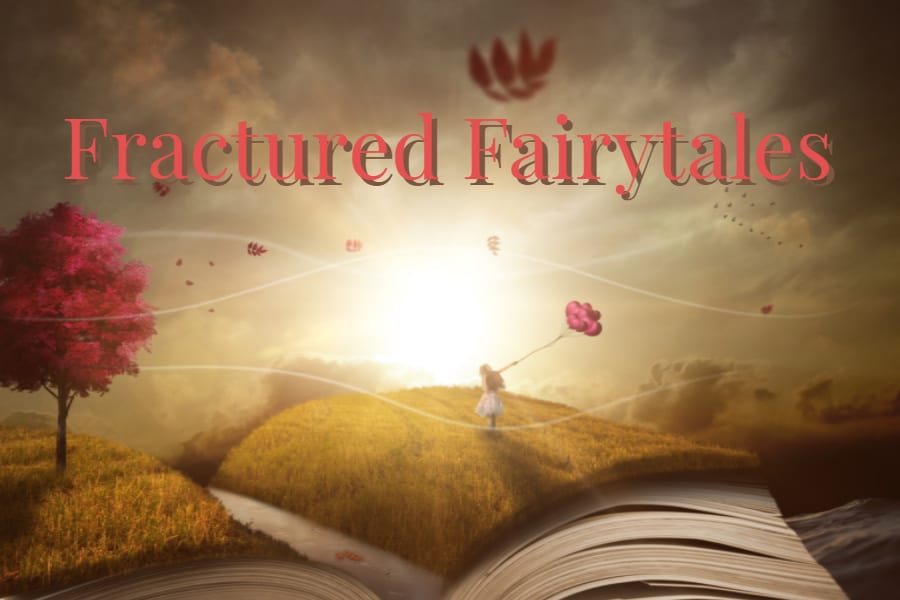
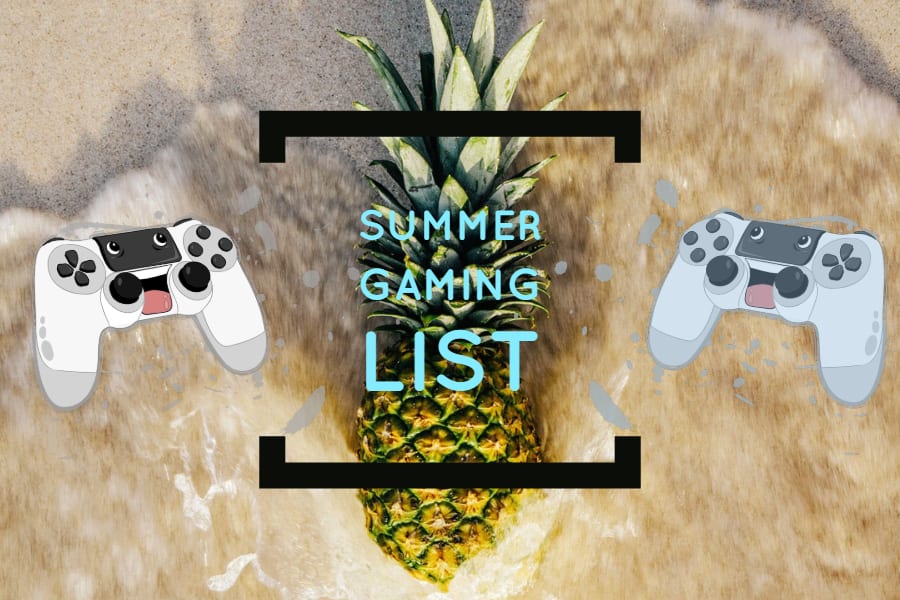


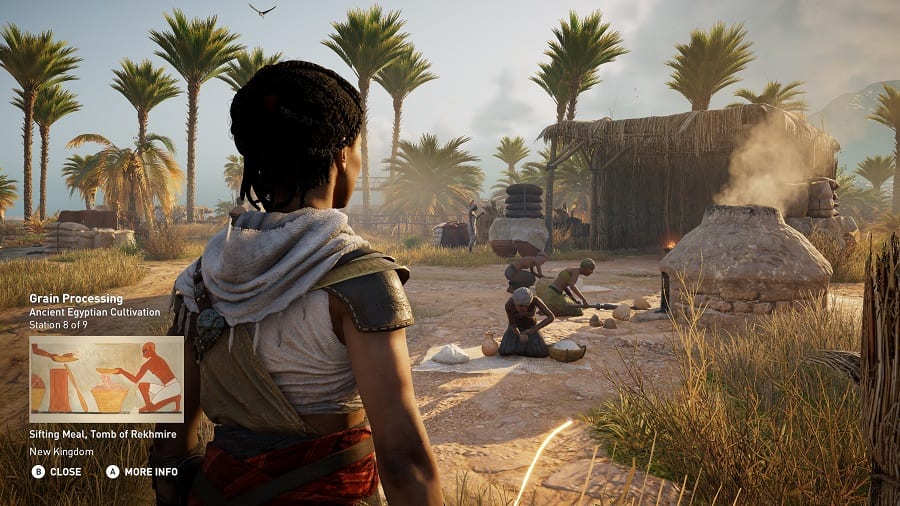 Ubisoft
Ubisoft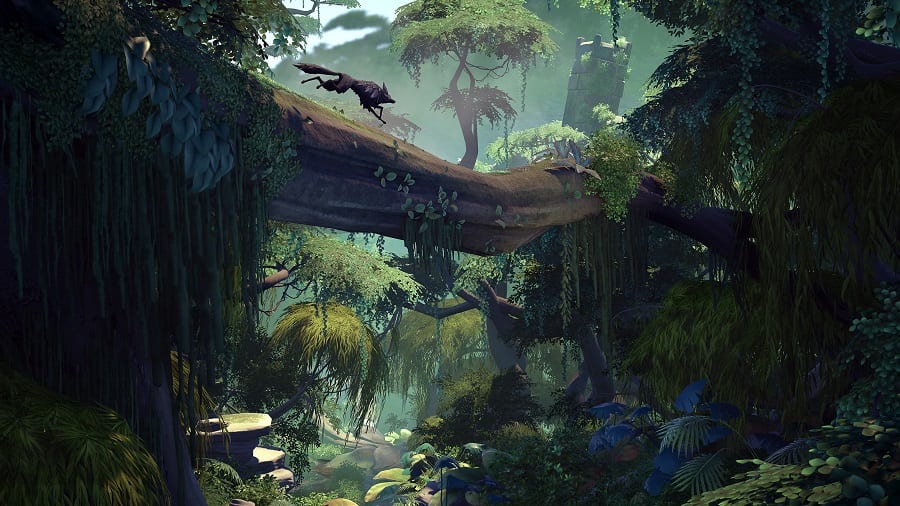 Mooneye Studios
Mooneye Studios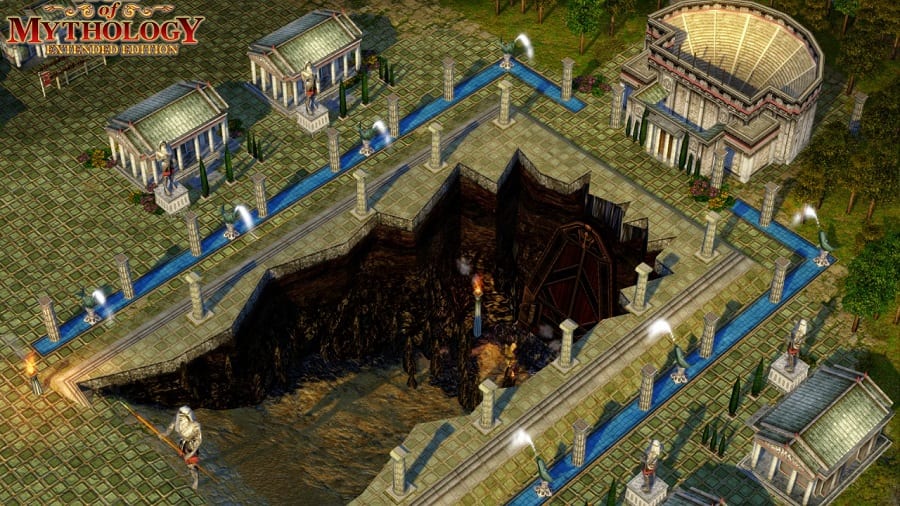 Microsoft Studios
Microsoft Studios


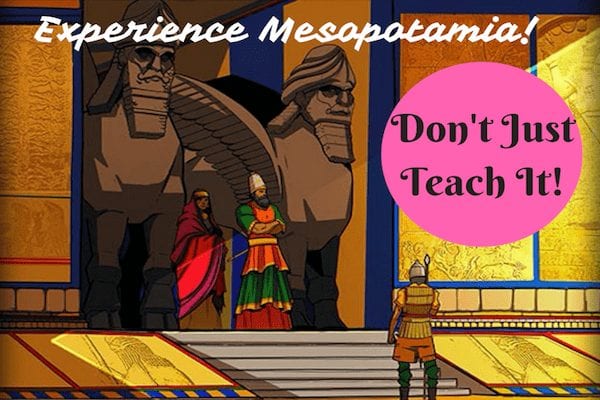

 Growing up I was always pushed towards the math and sciences because I naturally good at them, but my heart always called to more creative pursuits. My mother gave me the wise advice that “If you do what you love for work, it’ll become your work and not what you love.” With that in mind, I applied to engineering programs across the east coast, before coming across a school that featured a Game Design and Development major. Although heavily computer science based, the major also taught design, animation, 3D modeling, audio, and narration. Instantly, I knew it was a perfect match: a field both technical and creative.
Growing up I was always pushed towards the math and sciences because I naturally good at them, but my heart always called to more creative pursuits. My mother gave me the wise advice that “If you do what you love for work, it’ll become your work and not what you love.” With that in mind, I applied to engineering programs across the east coast, before coming across a school that featured a Game Design and Development major. Although heavily computer science based, the major also taught design, animation, 3D modeling, audio, and narration. Instantly, I knew it was a perfect match: a field both technical and creative.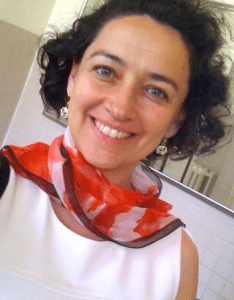 I started learning to code in C# when I was 44 years old. While I learned some BASIC coding in high school, I found the whole process stupid and boring. While I knew that the Atari games I loved were created by programming, I couldn’t connect to it. My 17-year-old self wanted to solve important, complicated problems. Real, important problems that required creative thinking were problems like: What causes cancer? What makes us feel stressed out? How does stress affect our immune system? Could we optimize our immune system to fight cancer better? So I threw myself into biochemistry. I loved it. I worked every single day for 3 years. Then, for the next 7 years, I decided to always take a whole ½ a day off every weekend.
I started learning to code in C# when I was 44 years old. While I learned some BASIC coding in high school, I found the whole process stupid and boring. While I knew that the Atari games I loved were created by programming, I couldn’t connect to it. My 17-year-old self wanted to solve important, complicated problems. Real, important problems that required creative thinking were problems like: What causes cancer? What makes us feel stressed out? How does stress affect our immune system? Could we optimize our immune system to fight cancer better? So I threw myself into biochemistry. I loved it. I worked every single day for 3 years. Then, for the next 7 years, I decided to always take a whole ½ a day off every weekend.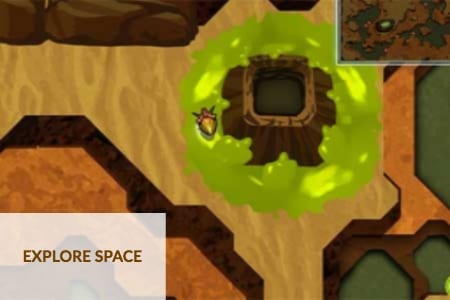
 Everything I know about entrepreneurship I learned from my mother. Ok, that may be a slight exaggeration, but the fact is, most of what I needed to know to found an educational gaming company I really did learn from my mother, without either of us truly intending it.
Everything I know about entrepreneurship I learned from my mother. Ok, that may be a slight exaggeration, but the fact is, most of what I needed to know to found an educational gaming company I really did learn from my mother, without either of us truly intending it.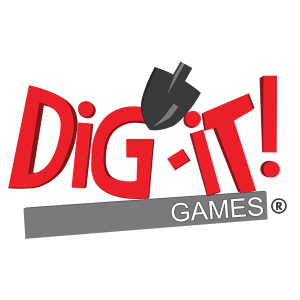
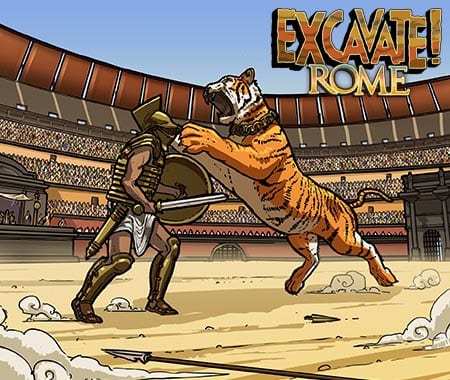
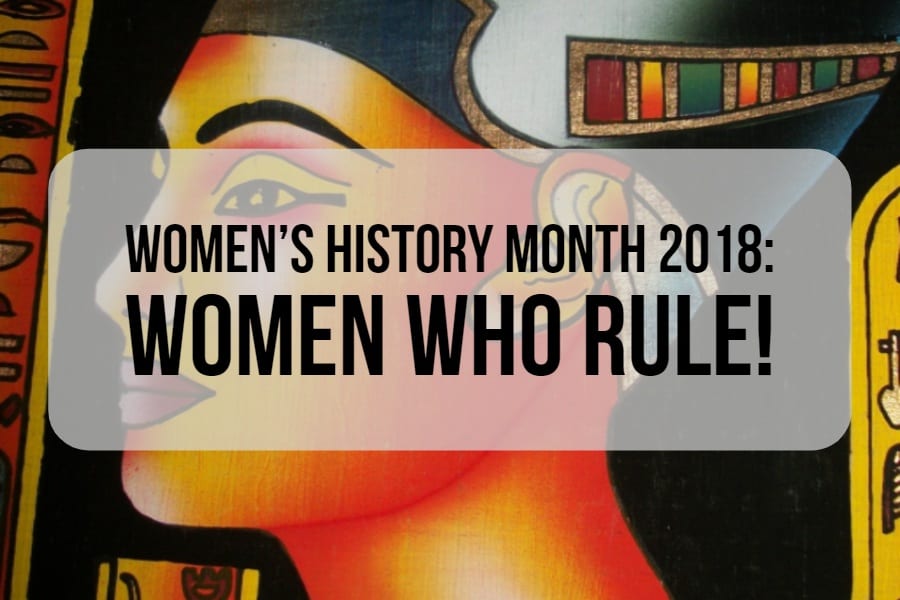
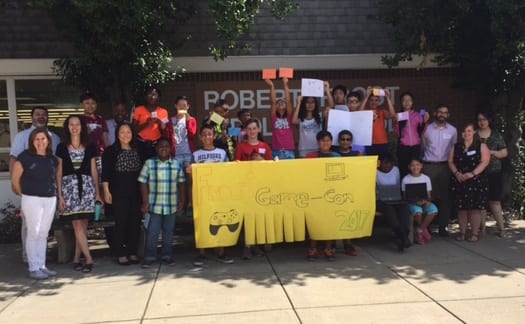
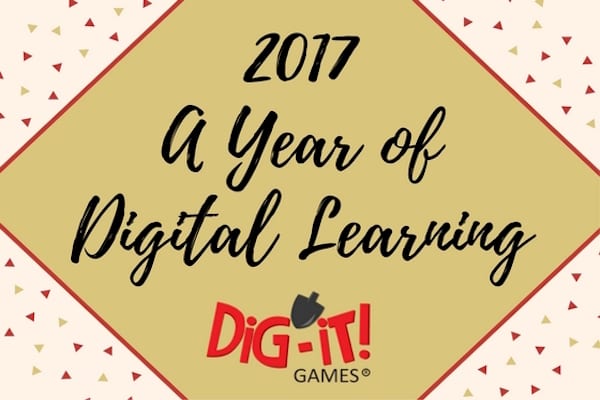
 Chris offered to come to Robert Frost Middle School’s extended year program (EYP) and let our students test pilot a few new games that Dig-It! Games was working on at the time, and this seemed like a great way to get my kids to stop playing Pokemon Go (remember that?) for a few minutes and possibly even learn something in the process. We agreed to two meetings where the students would beta test the games and provide feedback on their experience. Dig-It! Games would then consider the feedback they received and refine their games based on the students’ input.
Chris offered to come to Robert Frost Middle School’s extended year program (EYP) and let our students test pilot a few new games that Dig-It! Games was working on at the time, and this seemed like a great way to get my kids to stop playing Pokemon Go (remember that?) for a few minutes and possibly even learn something in the process. We agreed to two meetings where the students would beta test the games and provide feedback on their experience. Dig-It! Games would then consider the feedback they received and refine their games based on the students’ input. In addition to working with Chris, Dig-It! Games’ Jessica Mlyniec and Elisa Bartolomeo-Damon designed and implemented instructional sessions for our students, one to be delivered each week of the course. The first session revolved around piloting and evaluating video games, the second focused on creating narrative driven, goals-based video games, and the third session focused on student presentations and eventually became “Frost Game Con 2017”-an event for summer students to showcase their work to our administration, students, and Dig-It! Games.
In addition to working with Chris, Dig-It! Games’ Jessica Mlyniec and Elisa Bartolomeo-Damon designed and implemented instructional sessions for our students, one to be delivered each week of the course. The first session revolved around piloting and evaluating video games, the second focused on creating narrative driven, goals-based video games, and the third session focused on student presentations and eventually became “Frost Game Con 2017”-an event for summer students to showcase their work to our administration, students, and Dig-It! Games. Working with Chris, Jes, and Elisa has been a great experience for the RFMS extended year program. We created a high interest, interactive program that allows us to move towards our school improvement plan goals. And the best part? The kids had fun. And the other best part? We still have room to enhance the program even more! (Based on our students’ feedback, of course.) I am already looking forward to collaborating with Dig-It! Games again in the future to refine the summer EYP literacy program.
Working with Chris, Jes, and Elisa has been a great experience for the RFMS extended year program. We created a high interest, interactive program that allows us to move towards our school improvement plan goals. And the best part? The kids had fun. And the other best part? We still have room to enhance the program even more! (Based on our students’ feedback, of course.) I am already looking forward to collaborating with Dig-It! Games again in the future to refine the summer EYP literacy program.
